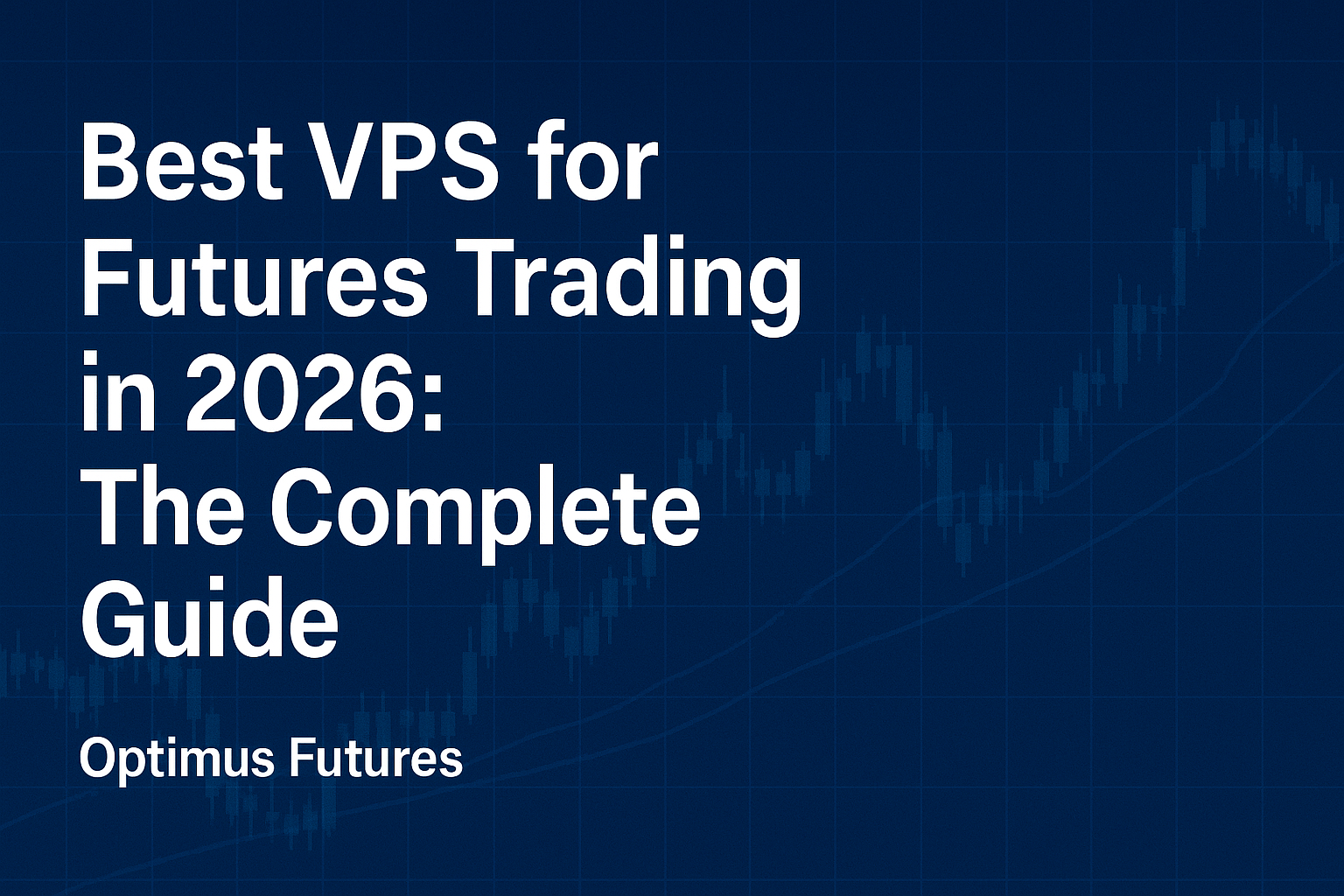Automating trading strategies is very popular among traders because it can help reduce the impacts emotions and psychology have on trading performance. Furthermore, traders who follow a trading method that is purely discretionary sometimes come up with excuses why bending their trading rules in a certain scenario was the right thing to do, masking their lack of discipline; an automated trading strategy is often seen as a remedy in such cases.
However, not all trading strategies can and should be fully automated because the underlying dynamics of financial markets often require traders to make individual judgement calls and process and evaluate contextual information about what is going on. In the following article we examine the most common aspects of trading that pose challenges for automating trading strategies.
1. Market conditions and trading environment
The biggest challenge for automated trading strategies is the distinction between ranging and trending markets and the overall changing market environment.
Trading rules should be executed differently based on the current market environment. Whereas one approach might work well in trending and volatile markets, it could have a negative performance in a low volatility range-bound environment. But this problem goes even deeper. The approach of stop loss and take profit order placement should vary based on the market environment as well, which is something discretionary traders also often struggle with. Furthermore, if a trading method makes use of scaling into and out of trades, changing volatility parameters, in combination with alternating ranging and trending markets, could result in erroneous decisions.
Financial markets are complex constructs which constantly undergo changes and run through different phases. The more an automated trading strategy is biased towards a single market environment, the more difficulties it will usually have when the conditions change.
[bctt tweet=”Why automation does not work for all trading strategies #trading #HFT #automatedtrading”]2. Interpretation of news releases and market sentiment
Although it is possible to implement rules in your automated strategy for news trading, analyzing fundamental data can still be challenging for automated systems. Often, it is not the absolute number of the specific news release that is causing a market to move, but how traders and investors perceive and interpret these numbers.
This also holds true for the overall market sentiment. In an overall bullish environment, bearish news will be treated much differently than when markets are in bearish mood. Market sentiment and its subjective nature can, therefore, pose challenges for automated trading strategies. Although there are ways to stop an algorithm from trading prior or after news, the impacts of fundamental data usually echoes indefinitely, which represents an influencing factor that is very hard to control.
3. Black and white thinking
This point ties in with the two previously discussed elements. Automated trading strategies are limited in the way they process information, and since their actions depend on algorithmic code, they are following exact instructions without the ability to interpret a situation.
It is the nature of computers and programming languages that limits automated trading strategies to purely black and white thinking and to answer questions with either ‘yes’ or ‘no’. In trading, however, patterns rarely look identical. An automated trading strategy can, therefore, easily miss promising trading opportunities by failing to analyze the whole picture. As you will see in the following point, some trading concepts are more bound by this limitation.
4. Subjectivity of trading tools and contextual information
Depending on the tools and indicators a trader chooses for his automated strategy, he can run into problems that are not obvious at first glance. Whereas some trading concepts are more cut out to be used for automatization, other trading tools are more subjective and require individual interpretation.
While a moving average cross-over, a MACD divergence or a cross of the Stochastics is uniquely defined, trendlines, support and resistance, price patterns or formations and other price concepts usually have a lot of room for interpretation.
Is a penetration of a moving average or a support and resistance line by a few points really meaningful in a high volatility market? How do you deal with different sizes and shapes of pinbars and other candlestick formations under different market conditions, market phases and volatility environments? How do you evaluate the position of certain signals under varying conditions?
It becomes obvious rather fast that choosing the correct trading tools and interpreting them in a reasonable way is a very important concept when creating an automated trading system.
5. Black swans
These rare occasions when markets suddenly move hundreds and even thousands of points are not only a great challenge for discretionary traders, but automated trading systems often perform even worse during such market shocks. It is possible that you lose a significant portion, or even your whole trading account during such events when your automated trading strategy misinterprets the situation.
It is true that such events are very rare, but being on the wrong side only once can result in dramatic consequences for your trading career.
Get the best of both worlds
Although automating trading strategies can possibly provide a variety of benefits and maybe even help traders overcome common trading obstacles, a trading approach which completely abandons discretionary elements and ignores the limitations of automating strategies often hits brick walls rather fast. A trader who understands that by adding discretionary judgement calls and by processing contextual market information when needed, can combine the best of both worlds and counteract the disadvantages the two approaches usually possess.
With Optimus Automated System Trading Accounts, you can let a fully automated trading system, developed by an algorithmic futures trader, auto trade directly to your account. Learn more about it here.
Please be advised that trading futures and options involves substantial risk of loss and is not suitable for all investors. Past performance is not necessarily indicative of future results. This matter is intended as a solicitation to trade.




